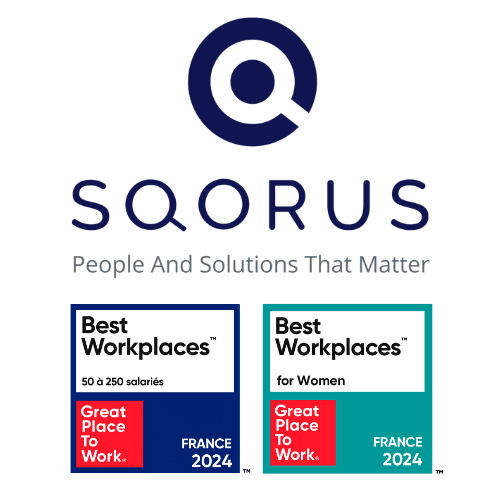At a time when the digital transition is affecting all business sectors, human resources are also confronted with the impact of the digital revolution on their HR strategy. The priority areas of HR, work organization, career management and the search for new talent, will benefit from the contributions of digital technology to make progress.
Rethinking the organization of work and the HR function
In the age of digital change, companies are facing a number of upheavals: digitization, robotization, artificial intelligence… The arrival of these new technologies calls for a complete reorganization of work. One of HR’s roles is to ensure that employees find their place despite all these changes, and that they remain committed and motivated.
HR managers are responsible for transforming the company into an organization that is constantly evolving, thanks to an appropriate training and knowledge transfer policy. While managing employees of various ages and mentalities, they must continue their efforts to move towards professional and salary equality between men and women.
Redefine talent management policy
To keep employees committed and motivated, HR must ensure that a GPEC (Gestion Prévisionnelle des Emplois et des Compétences). They have several levers of action at their disposal:
- communicate transparently and clearly to increase employee motivation
- valuing people and keeping seniors in work
- offer new opportunities for development through the acquisition of skills thanks to social learning, e-learning platforms (LMS), MOOCS, Blended Learning, etc.
- ensure the ergonomics of workstations and take account of the arduous nature of the job
- develop promotion policies
- developing QWL (Quality of Life at Work) and actions around well-being and health (prevention of stress, hyper-connectivity, burn-out, etc.).
Renewing talent acquisition strategies
In today’s ever-changing environment, HR must give priority to adaptable candidates with human skills such as emotional intelligence, cognitive flexibility, service orientation…
As certain profiles become scarcer, HR is obliged to revalue the employer brand to make their company attractive. The search for talent, which extends geographically and concerns all age groups, is facilitated by several artificial intelligence-based tools:
- autonomous sourcing, to find passive candidates through advanced analysis of Internet data
- “resume screening”, which extracts the information most relevant to the position to be filled
- conversational assistants that help recruiting teams to ask or answer questions, collect information…
What tools can you use to manage your HR strategy?
Optimize your HR strategy and discover the essential management tools you need to achieve your objectives. Don't miss this opportunity to successfully manage your HR projects.
See also our feature on "HR strategy management tools".
- What are the key issues facing HR departments today?
- Organization, talent management, recruitment: priority HR projects?
- Human resources management: what HR strategies for the future?
- Best practices to manage your HR strategy in an optimal way
- The different HR management tools to carry out your HR strategy
- HRIS software: the different areas of intervention for the HR function
- How to convince your management to invest in an HRIS tool?
- Is it necessary to be accompanied in the management of an HR strategy?
- What indicators should be defined to measure the performance of an HR strategy?
- HR strategy: how to achieve effective HR reporting?
- Who should drive HR projects in the company?
- Setting up a working group for an HR project: who should be involved?
Contact
A project? A request?A question?
Contact us today and find out how we can work together to make your company’s digital future a reality.













